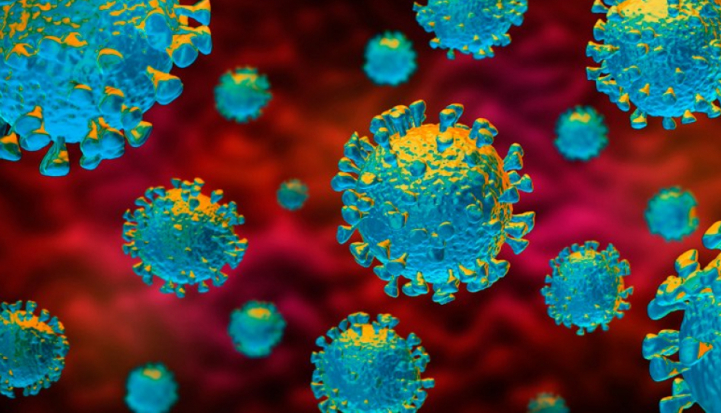PSYCHOLOGICAL DAMAGE FROM ROAD ACCIDENTS

If we were asked about the harmful consequences that can result from a traffic accident, many of us wouls easily fail in thinking only of bodily injury; purely physical damage to someone’s body. In this casa we would be ignoring an irrefutable reality, and that is that beyond the anatomical damage that can be caused in this type of events, the truth is that they occur within a traumatic and panic situation. This experience cannot be always easy to forget, and depending on the seriousness of the incident and the particularities of the person involved, psychologic consequences of very diversive entity may originate.
These psychological damages can persist less or longer in time, but what is unquestionable is that the person who suffers them has the right to be compensated for suffering, even if its demonstration is more complicated due to its intangible o invisible character.
In this sense, the road traffic accidents Scale itself –introduced by Law 35/2015, pf 22nd September, reforming the system for the assessment of damages caused to people in road accidents –recognises their possible compensation under the classification set out below:
If a more in-depth stuy is deemed appropiate, the medical guidelines DSM-V and ICD (Diagnostic and Statical Manual of Mental Disorders and International Statistical Classification of Diseases and Related Health Problems, respectively) may be examined, as its criteria for identifying sequels are set out in the scale.
- Neurotic Disorders: The sequels derived from post-traumatic stress in its differents degrees are included. The symptomatology is conformed by recurrent memories of the event, anxiety in situations that can link the mind with the moment of the trauma, insomnia, irritability, loss of desire to perform activities or hobbies that wer previously practiced, etc.
What is required by the regulation is that the clinic becomes from the production of a traffic accident of a certain entity – due to the circumstances of the event, the seriousness of the injuries or the sensitivity of the victim-. It also requires the direct involvement of the person affected by the stress, but sometimes it does not necessarily have to be the victim (knowing the atrocity of an accident suffered by a relative can also lead to the development of such symptoms).
In this case, the sequel test would be based on therapy and continuos medical follow-up (no sporadic consultations) by a specialist in psychology or clinical psychiatry, reflected in a report expressing the final state of the patient at the time of stabilization and identifying the specific sequels.
- Other Neurotic Disorders: This wide classification allows the assessment of all typed op anxiety disorders depeloved as a consequence of the accident and also clinically recognized.
- Permanent Mood Disorders: This classification includes the subcategoris of major chronic depressive disorder in its different degrees and dysthymic disorder. Both patologies are due to persistent states that affect the behaviour, activity, emotions and thoughts of the person, and they are mostly linked up to patients who are subjected to hard and long-lasting treatment processes that end up with relevant consequences.
The valoration and grading of the depressive disoder as a sequel depends on the continuity required in the medical or psychological following-up, as well as on the extent of the therapy or treatment provided and whether or not hospitalization is required.
At the same time, it could be said that dysthymic disorder responds to an excerbation and prolongation of the symptoms of depressive disorder for more than two years, which would be something like a persistent depressive disorder. What the regulations require here for their assessment is the existence of sporadic medical or psychological following-up and the need of intermittent treatment.
- Aggravations: This category also allows the assessment of the aggravation or destabilisation of dementias or other mental disorders existing before the accident as a sequel. Obviously, the aggravation must again occur as a direct consequence of the incident.

In this sense, and as stipulated in the Scale, the slightest affective disorder diagnosed prior to the accident would avoid the full assessment of the sequels related to permanent mood disorders. In this case we would be in the field of aggravation, and therefore the economic evaluation of the sequal would be substantially lower.
At this point, and given the diversity of psychological damage that can be suffered after a traffic accident, it is necessary to clearly know what must be fulfilled for the effectiveness of the claim for compensation, and that is the accreditation of its existence by a professional.
As explained, we are faced with harmful consequences of intangible nature; they have no physical support to manifest themselves and therefore require external verification. We must make use of the clinical reports issued by the psychologists and/or psychiatrists who assist us, and for task it will be necessary for us going to these professionals for following-upand to take therapy and/or tratment prescribed, and the diagnoses must be supported by the scientific studies on the subject that are described in the DSM-Vmanuals of diagnosis and statistics of mental disorders or in the international classification of diseases, ICD-10.
It should be pinted out that the cost of these professionals shlould not be paid by the victim, since this health care expense is once again a compensable item under the regulations on the subject.
In short, it is highly advisable to receive legal assistance to obtain full compensation for each and every one of the damages suffered, and not to waive the receipt of any compensation that we are legally entitled for not being properly advised.



